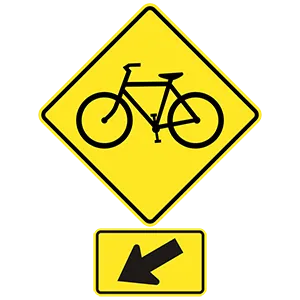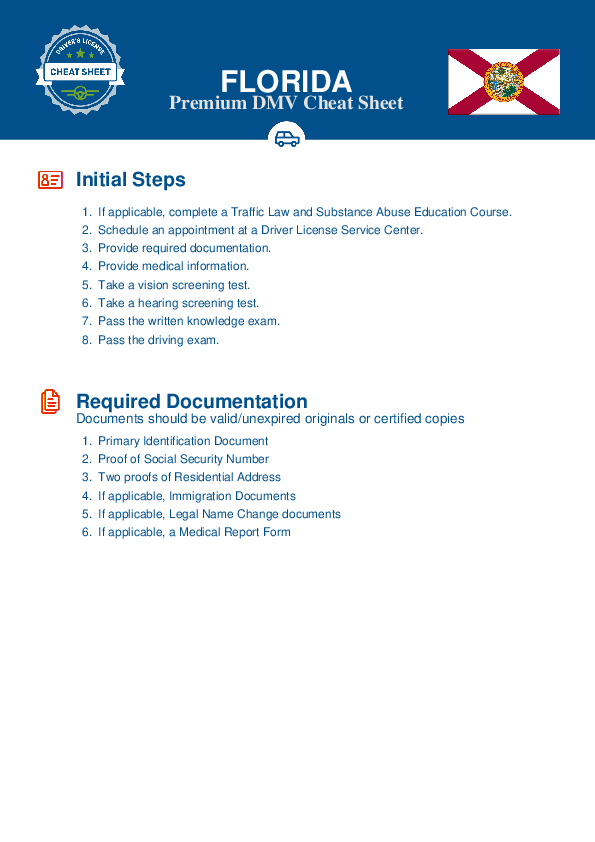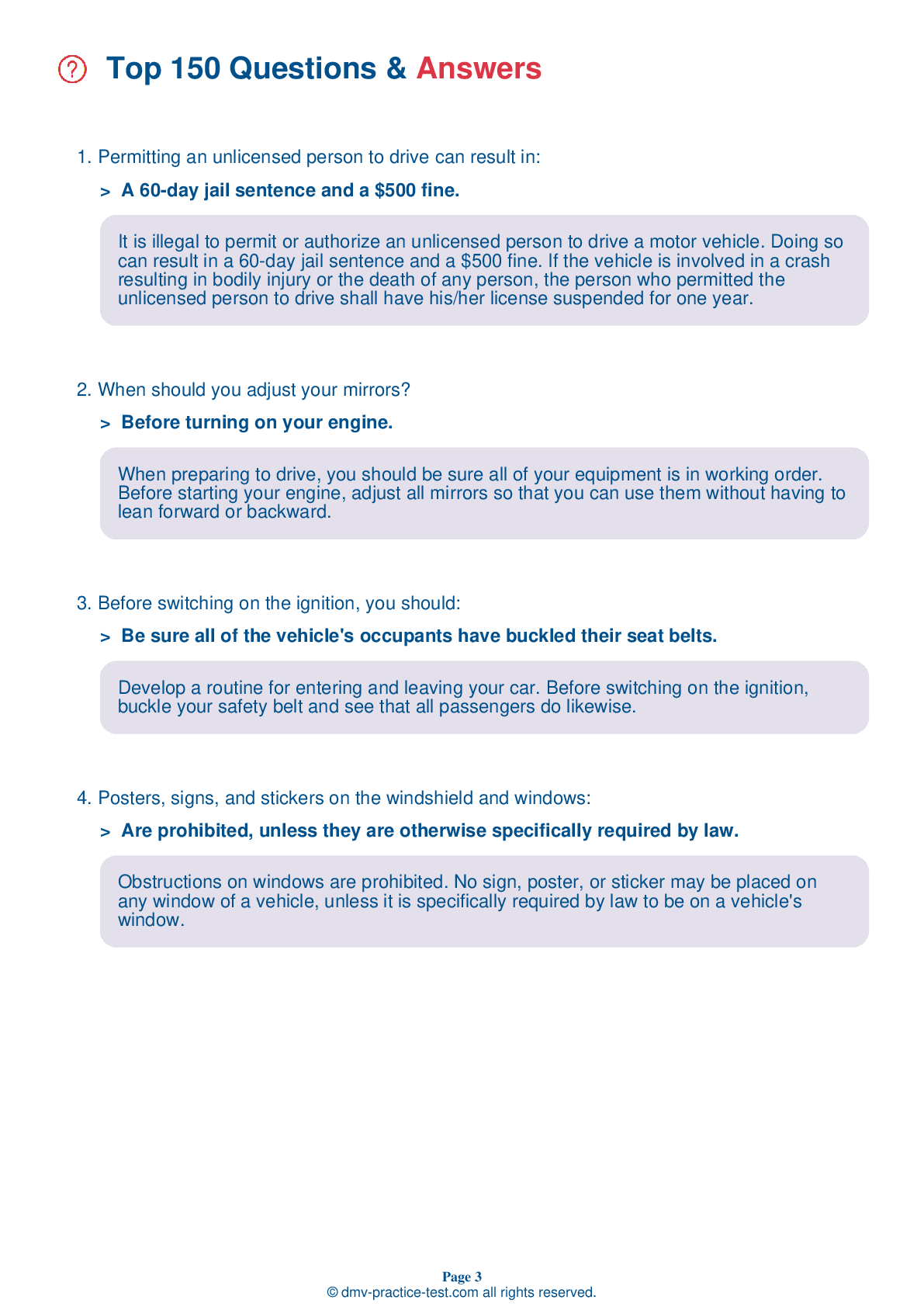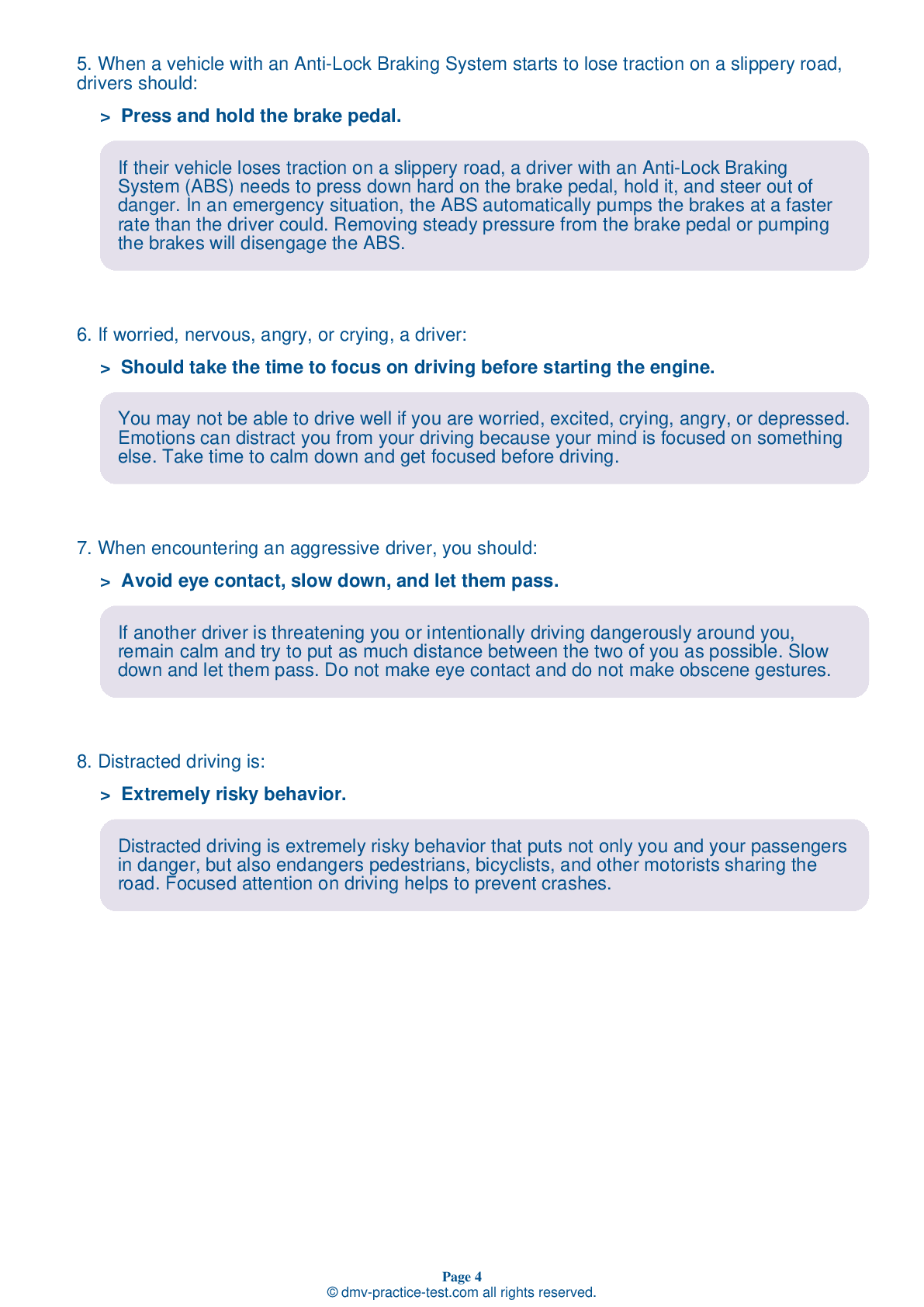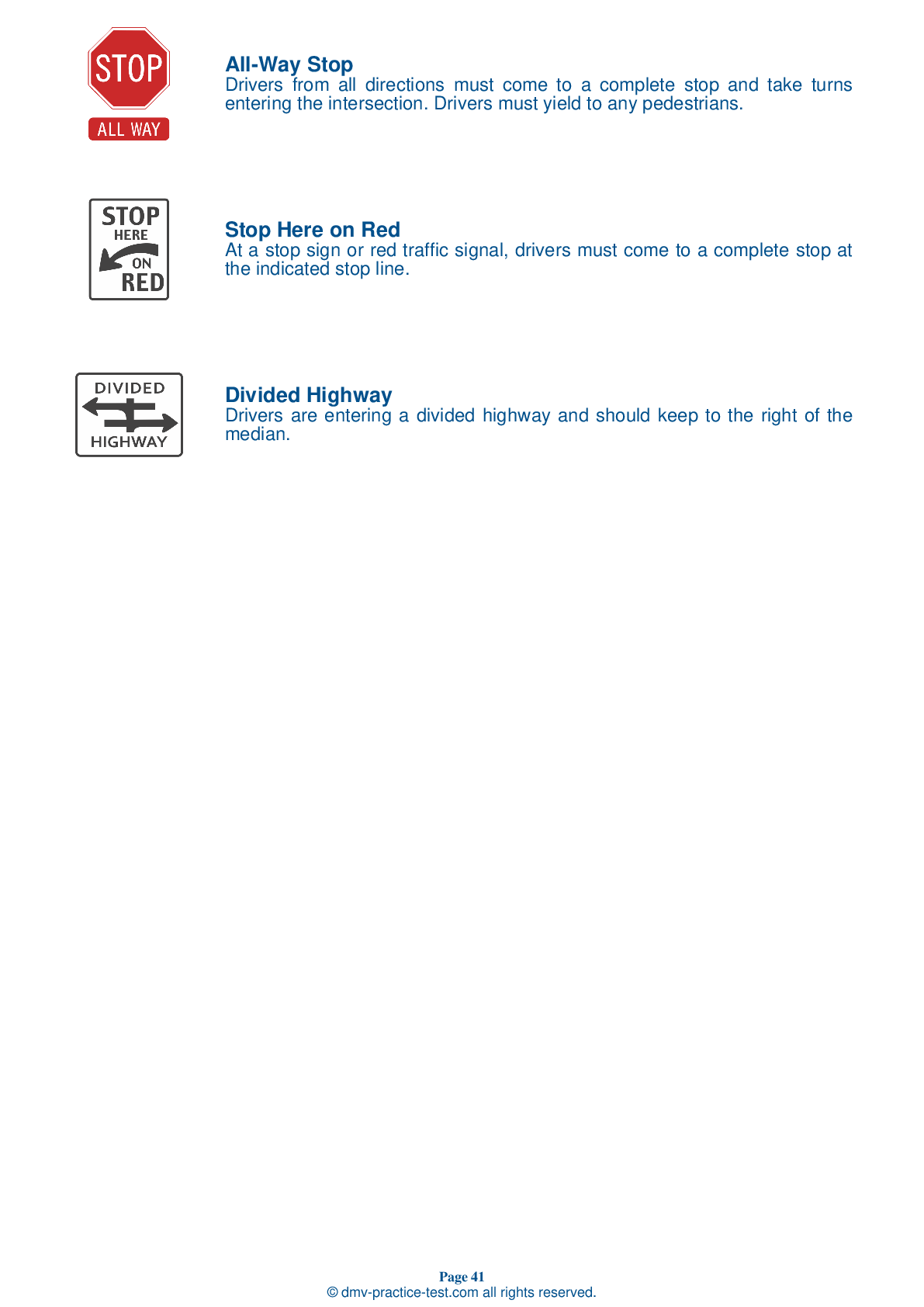FREE Florida DMV Practice Test #24 Page 2 of 7
This set of DMV practise tests for the Florida has been updated for January 2025. It includes questions based on the most important traffic signs and laws for 2025 from the Florida Driver Handbook. To study for the DMV driving permit test and driver's licence exam, use actual questions that are very similar (often identical!) to the DMV driving permit test and driver's licence exam.
Each question on the practise exam has a tip and explanation to help you recall the ideas. Questions about traffic rules, traffic signs, and driving statutes, as well as information from the Driver Handbook, will be included in the written portion of the official DMV test.
You must properly answer 40 of the 50 questions to receive the required passing mark. To help you prepare for your Florida instruction permit or driver's licence, take our DMV practise test.
The DMV exam is offered in a variety of languages.
Using any kind of testing assistance will result in an automatic fail, and the DMV may take additional action against your driver's licence, so stay away from it.
8 . A speed restriction sign:
Curve and turn warning signs often have attached advisory speed signs that show a recommended driving speed for drivers in the curves and turns. Although a driver may feel comfortable driving at a higher speed in fair weather, they should never do so under rainy, snowy, or icy conditions.
9 . A good defensive driver:
Even the most experienced drivers can be distracted while driving. A defensive driver looks out for the actions of other drivers and anticipates potential problems.
10 . Lanes of traffic moving in the same direction are divided by ____ lines.
Solid white lines are used to separate lanes traveling in the same direction (as well as to mark the right edge of the road). Broken white lines separate lanes traveling in the same direction and may be crossed to pass. Yellow lines separate lanes of traffic moving in opposite directions.
11 . When preparing to turn left, drivers should:
As you approach a left turn, signal your intentions three to five seconds in advance. Continually check your rearview mirror as you gradually slow down. On a multilane road, move into the left lane before reaching the intersection where you plan to turn. Yield to traffic and pedestrians and turn when your path is clear.
12 . Hydroplaning is usually caused by:
Your tires become less effective at clearing water from the road as you increase your speed. If you drive too fast, they may lose their grip entirely, leaving the vehicle sliding on a film of water. This is known as "hydroplaning."
13 . How can you lower the risk of hydroplaning?
Hydroplaning happens when a vehicle glides on top of a thin layer of water between its tires and the road. Tires with low air pressure or bad tread can increase the risk of hydroplaning. Speeding also increases the risk.
14 . This road sign means:
